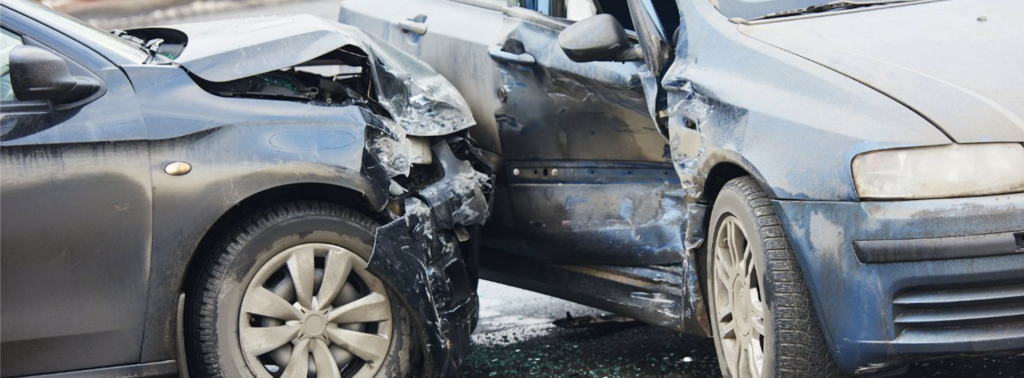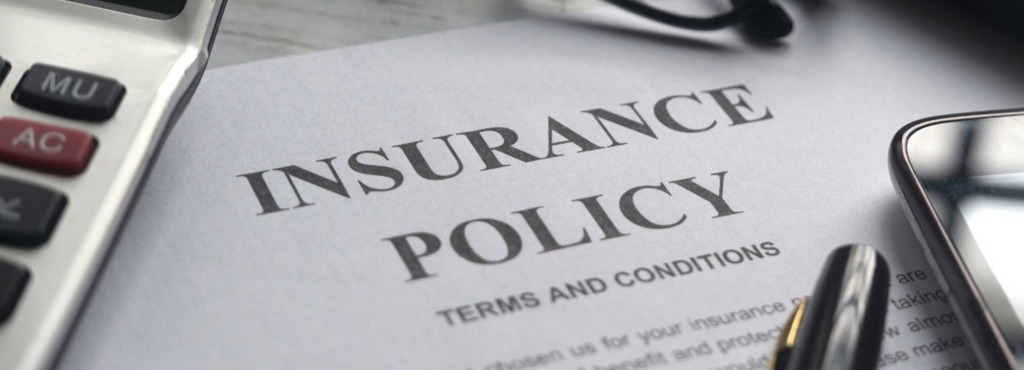Average Settlement For Non-Injury Car Accidents
When two cars get into a fender bender or other accident where no one is injured, but vehicles sustain damage, the insurance companies will negotiate a settlement to cover the cost of repairs. Settlement amounts for non-injury accidents can vary widely based on several key factors.
The average settlement can range from just a few hundred dollars for minor bumper damage to over $10,000 for severely wrecked vehicles.

What Does the Settlement Cover?
Since there are no personal injuries in these cases, the settlement is only meant to pay for property damage to the vehicles and other belongings. This includes the cost of:
- Body work, dents, scratches or other exterior damage
- Mechanical repairs if the engine, radiator or other internal parts were damaged
- Replacement of damaged parts like bumpers, doors, tires, etc.
- Total loss payout if the car is deemed irreparable ("totaled")
- Rental car fees while the damaged vehicle is in the shop
- Damage to belongings inside the vehicles like sports equipment, electronics, clothing, etc.
The adjuster will assess the damage to determine the cost of repairs or replacement value if the car is totaled. This provides the baseline for negotiating the settlement amount.
Factors That Impact Settlement Amounts
Extent of Property Damage - More severe crashes that result in extensive damage or total losses yield higher settlements than minor fender benders with some scratches or dents. The more parts that need repair or replacement, the higher the cost.
Value of the Vehicles - The make, model and year of the cars also matter. Luxury or newer vehicles tend to have higher repair costs than older, less valuable cars.
Insurance Policies - The limits and deductibles of each driver's insurance policy come into play. Lower or minimal coverage results in smaller payouts.
Comparative Negligence - In states with comparative negligence rules, the percentage each driver was at fault for the accident determines how much they receive.
Rental Car Duration - The settlement may need to cover a rental car for many days if repairs are extensive, increasing the amount.
Negotiation Skills - Experienced car accident lawyers with good negotiating tactics can often secure larger settlements.
Attorney Fees - Hiring an attorney means settlement will be reduced by their contingency fee percentage, usually 33-40%.
Limits of Insurance Policies
A major factor in determining non-injury settlement payouts is the property damage liability limit in each driver's auto insurance policy. This is the maximum amount the insurer will pay per accident for property damage, often written as "100/300" - $100,000 per person, $300,000 per accident.
So for example, if Driver A has 100/300 policy limits and Driver B has 50/100 limits, the most insurance will pay is $100,000 total. Even if damages are $150,000, the settlement will be reduced to policy limits. Therefore, purchasing higher liability limits from the start provides more protection.

Determining Fault
The police report and any witness statements usually provide the basic facts needed to make a fault determination. However, each insurance company will conduct its own investigation and make an independent liability decision. There are common scenarios and evidence that help establish fault:
- Rear end collision - The driver who hits the back of another car is usually majority at fault. Exceptions are if the front driver cuts off the rear vehicle or slams on brakes suddenly.
- Left turn accident - A driver who turns left into oncoming traffic is often primarily at fault for a T-bone crash. Failure to yield right-of-way causes many left turn crashes.
- Running a stop - If one driver goes through a stop sign or red light, they will likely bear most fault for hitting a vehicle with right-of-way.
- Improper lane change - If a collision occurs due to failure to check blind spots or merging into another lane recklessly, that driver typically shoulders the most liability.
- Witnesses & video footage - Independent witnesses and traffic cameras can provide objective evidence of fault if accounts differ.
- A police report with a diagram, vehicle damage analysis, and contributing factors noted goes a long way in determining comparative negligence percentages.
Settlement Timeline
How long it takes to settle a non-injury accident claim can vary based on factors like investigation time and negotiation. However, most are resolved within 1-3 months after the accident. The general timeline is:
- Report accident to insurance companies (1-3 days)
- Insurers investigate and assess fault percentage (2-4 weeks)
- Injured party gets repair estimate (1-2 weeks)
- Insurers negotiate & present settlement offer (4-6 weeks)
- Settlement accepted or further negotiation (2-4 weeks)
So in as little as 6 weeks or up to 3 months, most minor non-injury settlements can be successfully resolved. Having experienced legal counsel can help expedite the process and maximize your payout.

Get Started With Our Trusted Lawyers Today
Have you been involved in a non-injury car accident? Wondering about the average settlement you might be entitled to? Our experienced team at Schultz Legal is here to guide you through the process and ensure you receive the compensation you deserve. With a proven track record in handling non-injury car accident cases, our dedicated attorneys are ready to advocate for your rights. Don't navigate the legal complexities alone—reach out to us today for a consultation and let us help you secure the settlement you're entitled to. Your peace of mind is our priority.
